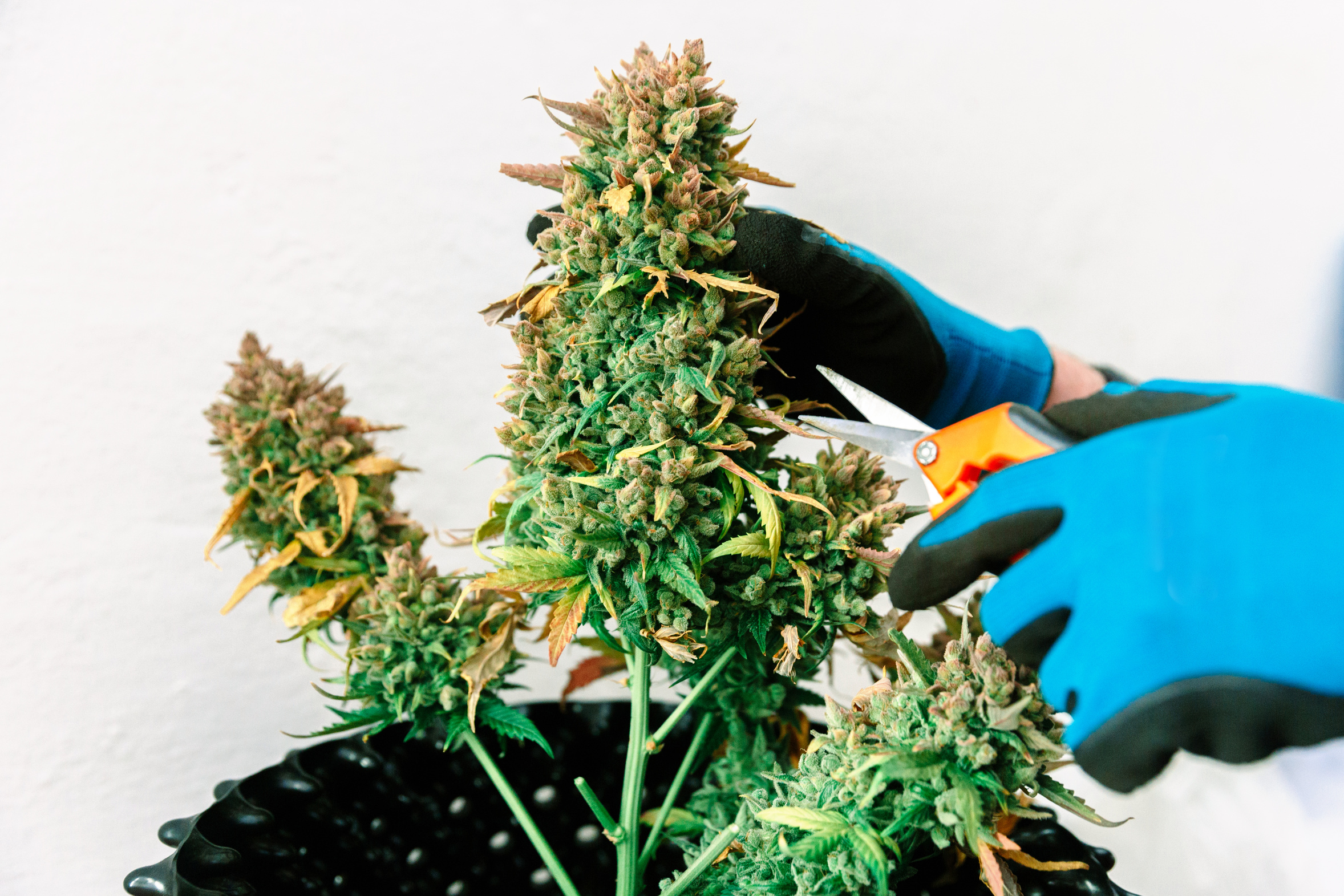
Overcoming The Costs Of Marijuana Legalization
Canada’s move to legalize marijuana on October 17, 2018, will raise more than a few challenges for property owners and managers. Among these are issues stemming from residents’ ability to grow up to four cannabis plants per residence – an allowance that will ultimately take electricity bills to new highs.
At issue is the significant cost of growing cannabis plants and who will shoulder that cost in a multi-residential building. According to CBC’s research, the total energy required to produce just one pound of cannabis is estimated to be 2000 kWh – more than four times the amount used by an average condominium unit over the span of one month. Multiplied over several units, the uptick in energy bills can be dramatic.
“The resounding fact is that growing cannabis in your suite will consume electricity and if you are not paying for your electricity directly, the cost will be absorbed by all residents in the building through higher maintenance or rental fees,” says Andrew Beacom, President and CEO with Priority Submetering Solutions.
Combined with water requirements, mold risks, invading smells, and the excessive strain on HVAC equipment, the price of accommodating cannabis growers and users is not insignificant. In buildings where utility costs are shared among all residents, the actions of a few growers can raise prices for all. Property stakeholders are within their right to ban the use of marijuana within their walls. Doing so, however, runs the risk of deterring a sizable segment of clientele. Not to mention, the cost of monitoring and enforcing such a ban would likely be more effort than its worth.
“Consider a highway where the speed limit is 100 km/h. If we’re being realistic, that speed limit is not always followed,” says Beacom. “It is the same situation with cannabis. You can try to ban people from growing cannabis in their residence, but at the end of the day, it may still happen.”
An alternative solution, he offers, is to leverage submetering use to accommodate residents by keeping tabs on each unit’s utility usage and ensuring that they aren’t paying for their neighbour’s activities: “Submetering allows those who are not growing cannabis in their residence, to pay their portion of utility usage, without having to pay part of their neighbour’s utility cost.” Through submetering, a resident’s electricity, water, and gas consumption rates can be measured, monitored, and billed on a per-unit basis. The data collected via submetering can also help property owners / managers identify usage trends, report variances, and benchmark a building’s performance against other properties or entire portfolios. Cost controls aside, there are other measures to offset the impacts of marijuana users and growers within a building. Strategies include restricting marijuana use to balconies or specific communal locations. Growers can also use specialized plant tents, odour eating gels, and air scrubbers to mitigate second-hand effects.
“People are worried about the affects it will have on their residences and the buildings, but there are certainly ways to minimize and possibly even eliminate these impacts,” says Beacom.
The reversal of marijuana laws comes as good news to both medicinal and recreational users and indeed, the anticipated revenues and business opportunities that will arise from such legalization cannot be discounted. Nevertheless, property owners / managers must consider solutions like these in advance of October 17 or risk watching their vacancy rates and bottom lines go up in smoke.

